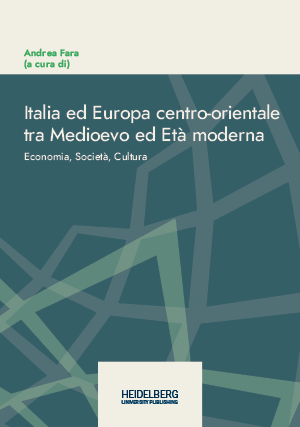How to Cite
License (Chapter)

This work is licensed under a Creative Commons Attribution-ShareAlike 4.0 International License.
Identifiers (Book)
Published
Hungarian Candidates ordained in the Roman Curia during the Late Medieval Period
Abstract On the 19th of March 1496, the inhabitants of Rome could observe a group of foreign clerics in the neighbourhood of the Piazza Navona. Naturally, this proved to be a usual practice, as people of different status from every corner of the European continent arrived continuously to the Urbs Aeterna. Among those, who arrived in the city next to the River Tiber, from time to time we may observe those, who wanted to receive different grades of the holy orders either on their own or in groups. As one of these groups, we may mention this numerous group of clericals, whose members hurried to the Church San Panthaleone in the Parione district of the city, where the general ordination was performed by Joshua, the bishop of Ascoli. Among the 118 candidates, altogether 53 clericals arrived in Rome from the remote Carpathian Basin. Both the number of Hungarians and their ratio among the whole group (45%) should be highlighted, as such a populous group of clericals cannot be mentioned neither from the previous nor from the following decades. In my paper, I will survey the general characteristic features of the “turismo delle ordinazioni” of Hungarian clericals on the bases of the “Libri formatarum” series, which can be found in the Camera Apostolica fond of the Archivio Apostolico Vaticano. I will seek answers to the following questions: Who and why did undertake the long journey? From which regions and in which ratio of the Carpathian Basin arrived clericals to the Papal Court? Did the Hungarian and international political events influence these journeys?






